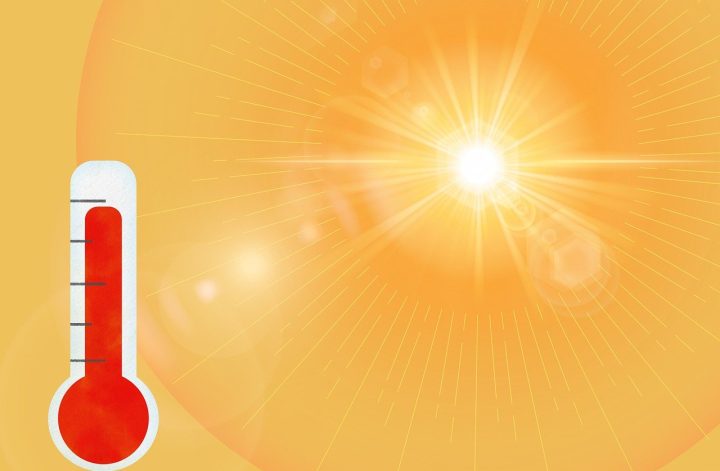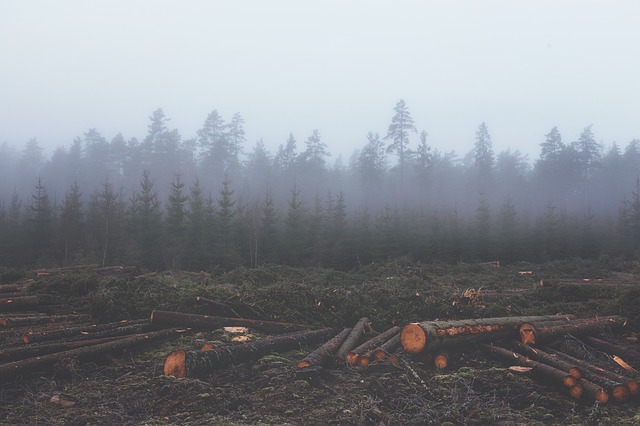Introduction:
On the list of most vulnerable countries due to climate change, the Global Climate Risk Index (2021) lists Pakistan as the 8th most vulnerable country for a long term risk due to climatic changes. As a result Pakistan is and will be suffering even more environmental challenges in the next 5 years.
Top 10 Major Environmental Challenges for Pakistan in the Next 5 Years:
- Floods: Previously, in August 2022, the monsoon season comprised of very high rate of precipitation driven by climatic changes that in turn resulted in seasonal and weather pattern changes. As a result, the rains caused huge devastating scale of floods that had left people homeless, unsheltered and without food and sanitation. So as our Northern Areas currently still suffering from more monsoon floods and GLOFs in the Yarkhoon valleys, Upper and Lower Chitral district, it is evident that this is due to the climate change and that such problems will only get worse with time if proactive measures are not taken and serious attention is not diverted to this issue that the government and authorities do not take as seriously.
- Displacement of People: people being displaced from these catastrophic floods and disasters in the wake of extreme weather events will be huge. As seen in the floods of last year, over 30 million people had been displaced and currently many effected from those floods are still displaced and looking for some sort of compensation and resettlement not to mention damages and loss of life and property they have already suffered. More floods in different regions will further exacerbate this issue with people left to go nowhere.
- Poor Economy: Sustainable development directly ties into sustainable development because with such a huge number of people being displaced or affected by the natural calamities, the people in rural areas are majorly effected and as they are responsible for cultivating over 80% of the food we eat in this country, this loss of arable land, inability of the farmers to farm, drought, famine and water scarcity coupled with displacement issues will cause less contribution to the economy mainly due to lack of aid and access to resources to the people. This will collectively effect the whole economy and cause more problems for the lower working class.
- GLOFs: Being the country with the 3rd highest number of glaciers outside of the polar and arctic regions, we are in critical danger of experiencing GLOFs- Glacial Lake Outburst Floods especially in the Northern Areas of Pakistan. To overcome this challenge we really need to install monitoring systems and early warning systems to at least provide a window of opportunity to the people so that the loss of life and property is at least as minimal as possible,
- Droughts/ Water Scarcity: In the southern region of Punjab where the temperatures rise to very hot and in Sindh such as Jacobabad, where people experienced severe heat strokes even resulting in death, now people are experiencing heavy floods followed by severe droughts. However, it is due to this climatic disruption that during the peak summer seasons, the weather is so hot that farmers cannot even plant crops due to water scarcity but come monsoon and everything is washed away in a devastating flood. For a country whose economy’s backbone is built on agriculture this is a moment to consider our perilous position in the climate change scenario.
- Famine: Increased population, more floods, less arable land with each passing day, heat waves, changing weather patterns to top it all of; means we will have less food in the future resulting in famines and food scarcity along with already water scarcity. The effects of this will be felt mostly in the Thal region and Tharparkar where many tribes still live and are suffering.
- Air Pollution: Lahore’s air quality is one of the worst in the world. As of 2nd August 2023, the ranking of Lahore is 4th on the global air quality index list. The state of the air quality will not just worsen if measures aren’t taken and cause health problems among people but also cause more floods by speeding up the melting of the glaciers via black soot deposition and transboundary pollution.
- Water-Borne Diseases: Dengue, Malaria, and other epidemics will probably become even common and hard to escape due to the constant presence of water and stagnant water areas around our cities and in the rural areas due to floods, monsoon seasons. The rains are not to blame entirely but it is also the lack of infrastructure, development and proper stormwater drainage that further aggravate this problem.
- Heatwaves: extreme temperatures, humidity due to rising global temperatures will lead to not just health problems like heat strokes, but also affect many other flora and fauna in our environment.
- Species Endangerment: Not just humans would be affected by the effects of these environmental challenges that our country is currently facing but the fact that many endangered animals on the IUCN Red List such as the mountain cat, Baluchistan black bear and pollinator bees are also critically endangered. This is worsened by the acknowledgement of the fact that both the bees and black bear are key stone species in our ecosystems and their loss due to factors of habitat loss, will be devastating for the rest of the animals and ultimately humans as well.
Proper laws, Proactive policies, national climate action plan considering all of these really need to be adopted and implemented besides just being approved and published. The government should directly focus on the adoption of SDG goals and sustainable development before it is even late than it is right now.
Read more: The Drastic Need of Environmental Change in Pakistan
Also check out: List of Environmental Hazards and Challenges In Pakistan
I hope you all liked this post! Please comment below if you have any suggestions, comments, or feedback! We at #envpk love hearing from our readers! Thanks!




